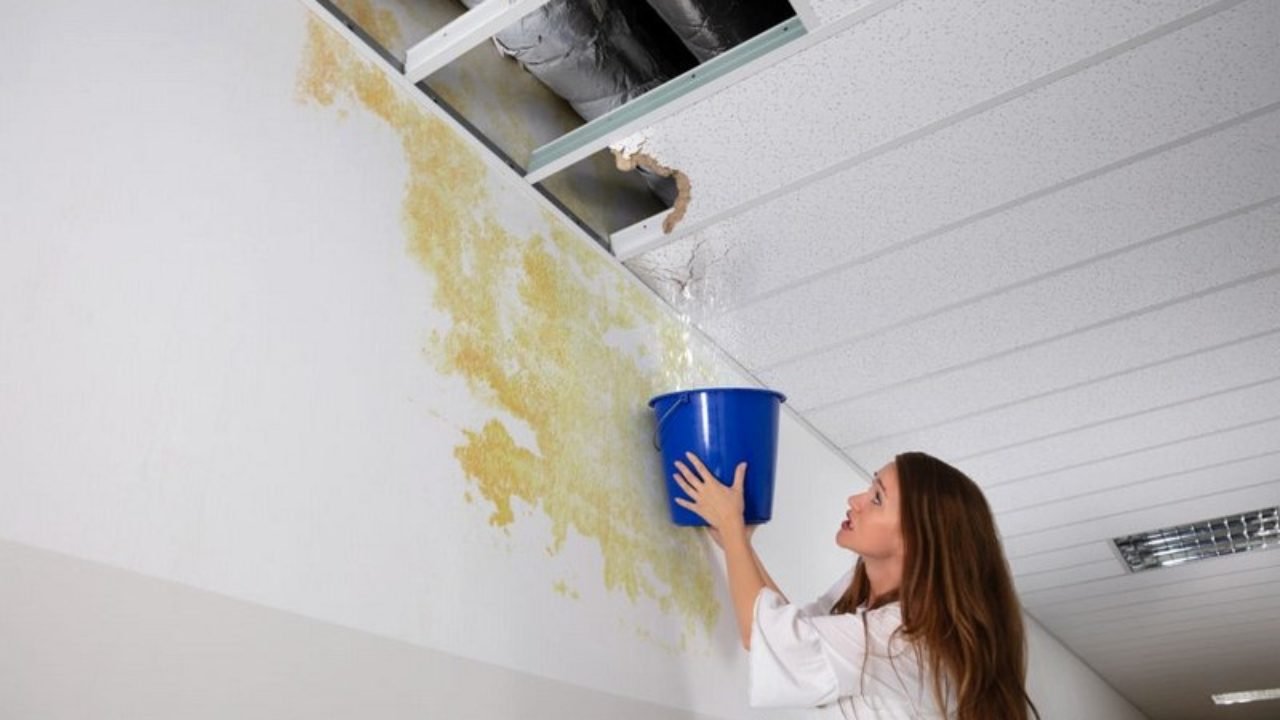Spotting and Fixing the Six Most Common Water Leaks in Your Home
Spotting and Fixing the Six Most Common Water Leaks in Your Home
Blog Article
Have you been in search of content on How to Find Water Leaks?

Leaks not only trigger waste of water however can also cause unnecessary damage to your residence and also promote undesirable natural growth. Sadly, water leaks could go undetected considering that a lot of the pipework in our residence is hidden. By looking as well as understanding for day-to-day scenarios that trigger leaks, you can safeguard your home from future leakages as well as unnecessary damages. Today, we will look at 6 leakage triggers that may be creating your pipes to drip.
Immediate temperature level modifications.
Extreme temperature level changes in our pipelines can trigger them to increase and also get unexpectedly. This expansion as well as tightening may trigger fractures in the pipes, especially if the temperature level are below freezing. If you kept an eye on exactly how your plumbing functions, it would be best. The existence of the previously mentioned scenarios regularly shows a high danger.
Rusty water systems
As time passes by, your plumbing system ages and rust such as corrosion may start eating away the pipelines. This might be the source of discoloration or warping on your pipes. This requires an assessment with your plumber immediately. If our plumbing system is old, take into consideration replacing the pipes considering that they go to a greater threat of corrosion than the more recent versions.
Defective Pipe Joints
The factor at which your pipelines attach is frequently the weakest link in the waterline. Pipe joints can deteriorate over time, leading to water leaks. The bulk of pipeline joints are not conveniently noticeable. If you have loud pipelines that make ticking or banging sounds, specifically when the warm water is activated, your pipeline joints are most likely under a lot of pressure. It is advisable to have your plumber check your system yearly.
Elbowing in origins
Most water leakages start outside the house instead than inside it. You may see wet patches or sinkholes in your backyard, as well as that might suggest that tree roots are invading water lines causing water to permeate out.
Poor Water Connectors
At times, a leak can be triggered by loose tubes as well as pipelines that supply your devices. Usually, moving is what triggers the loosened water Connections. You may find when it comes to a washing equipment, a hose pipe might spring a leakage because of shaking throughout the spin cycle. In case of a water links leak, you might observe water running directly from the supply line or pools around your appliances.
Obstructed Drains
Blocked drains pipes may be bothersome and also inconveniencing, yet they can occasionally end up triggering an overflow bring about burst pipes. Keep eliminating any kind of materials that may drop your drains that could obstruct them to avoid such hassles.
All the above are sources of leakages however not all water leakages arise from plumbing leaks; some leaks might originate from roof leaks. All leakages ought to be repaired immediately to avoid water damages.
Leakages not only trigger waste of water but can additionally trigger unnecessary damages to your home and also advertise unwanted organic development. By understanding as well as looking for day-to-day situations that cause leaks, you can protect your house from future leakages and unnecessary damage. Today, we will look at six leak triggers that may be triggering your pipelines to trickle.
At times, a leakage can be created by loosened tubes and pipelines that provide your devices. In instance of a water links leakage, you might see water running straight from the supply line or pools around your home appliances.
How To Check For Water Leak In Your Home
How To Check for Leaks
The average household's leaks can account for nearly 10,000 gallons of water wasted every year and ten percent of homes have leaks that waste 90 gallons or more per day. Common types of leaks found in the home are worn toilet flappers, dripping faucets, and other leaking valves. These types of leaks are often easy to fix, requiring only a few tools and hardware that can pay for themselves in water savings. Fixing easily corrected household water leaks can save homeowners about 10 percent on their water bills.
To check for leaks in your home, you first need to determine whether you're wasting water and then identify the source of the leak. Here are some tips for finding leaks:
Take a look at your water usage during a colder month, such as January or February. If a family of four exceeds 12,000 gallons per month, there are serious leaks.
Check your water meter before and after a two-hour period when no water is being used. If the meter changes at all, you probably have a leak.
Identify toilet leaks by placing a drop of food coloring in the toilet tank. If any color shows up in the bowl after 10 minutes, you have a leak. (Be sure to flush immediately after the experiment to avoid staining the tank.)
Examine faucet gaskets and pipe fittings for any water on the outside of the pipe to check for surface leaks.
Undetected water leaks can happen without the home or business owner even realizing. If you suspect a water leak, but not able to find the source. It is time to contact a professional water leak detection service, The Leak Doctor.
How To Find a Water Leak In Your Home
https://www.leakdoctor.com/blog/How-To-Check-For-Water-Leak-In-Your-Home_AE197.html

I stumbled upon that piece about Common Water Leaks In House when doing a search on the internet. Appreciated our entry? Please share it. Help other people locate it. Many thanks for going through it.
Click Here Report this page